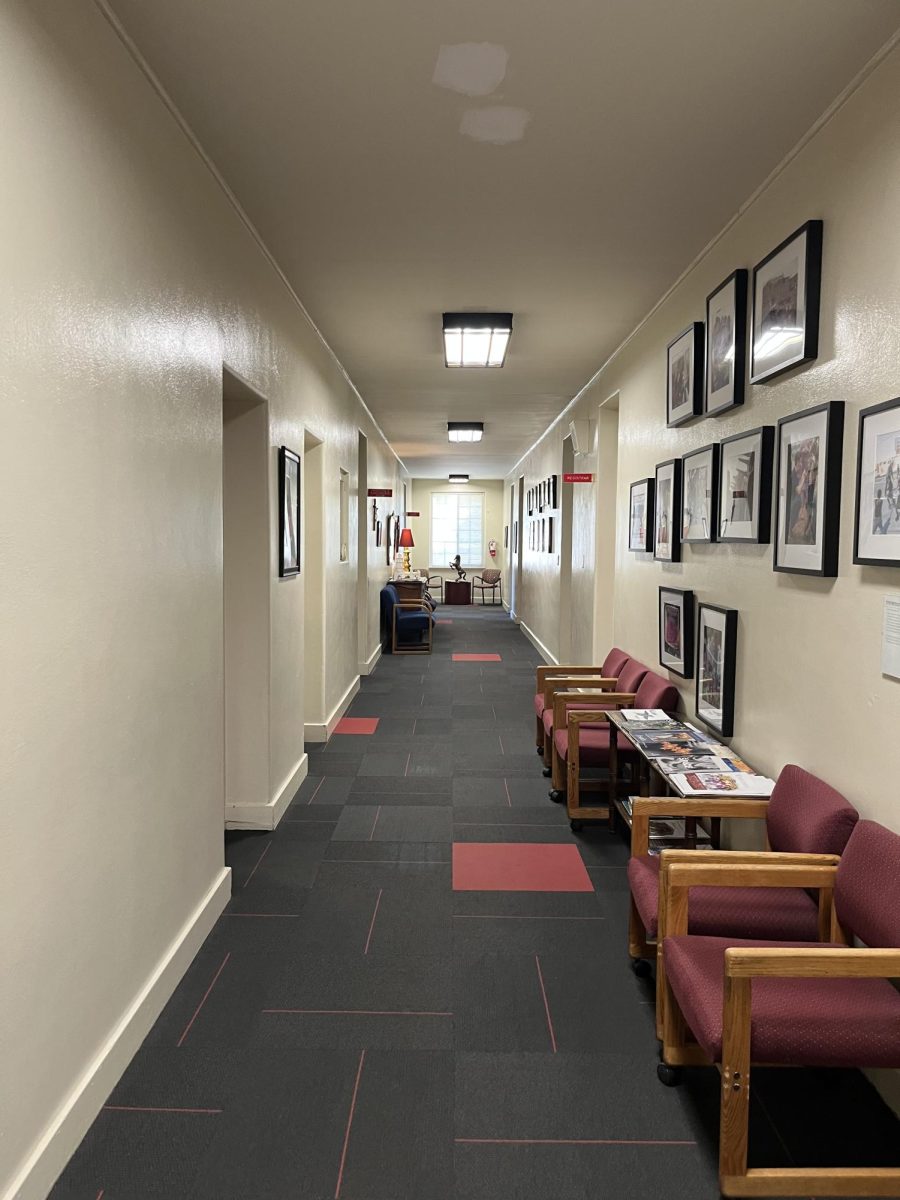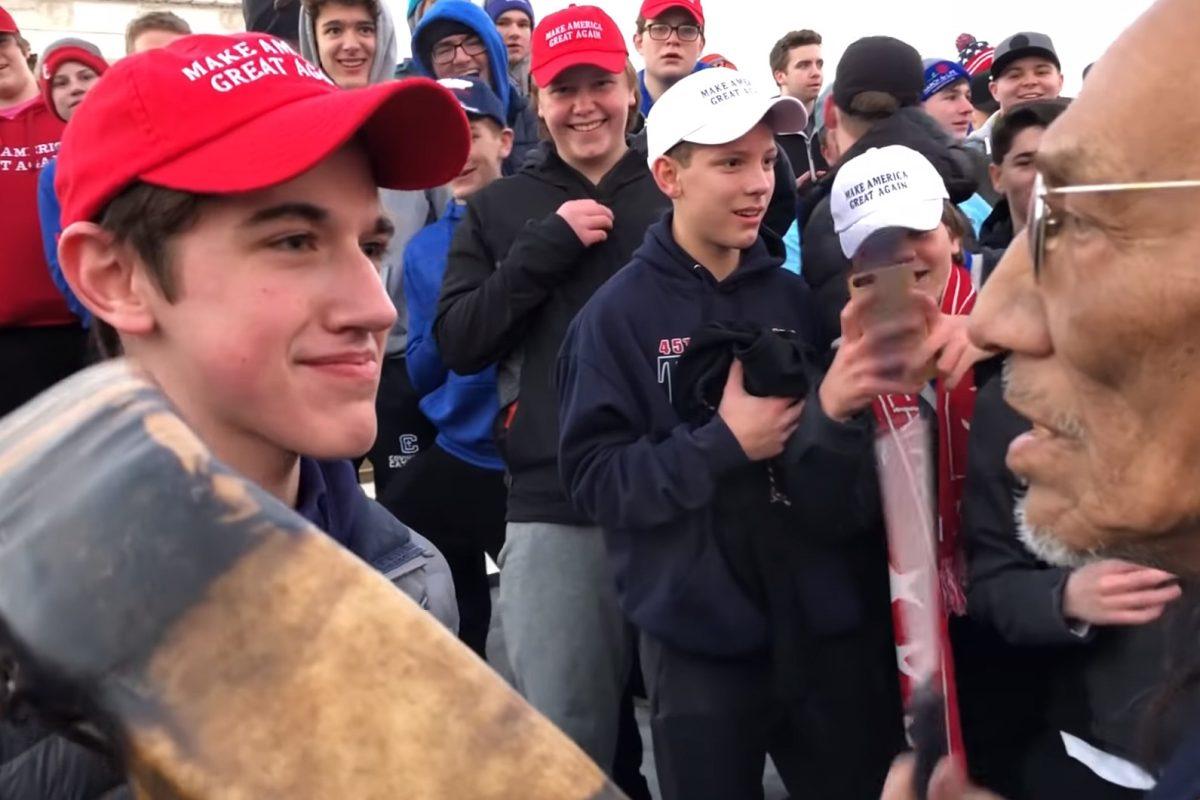Photo courtesy of Vox Media | Nick Sandmann, the 16-year-old student from Covington High School, stands in front of Native American elder Nathan Phillips during the Indegenous Peoples March in Washington.
Victor Beck ’20
THE ROUNDUP
For so long, people have seen Catholic high schools as the epitome of white privilege and conservatism.
However, Brophy is a prime example against this stereotype. Many people ask me where I go to school, and when I respond Brophy College Preparatory they almost always congratulate me, or flash me a brief look of surprised.
They congratulate me, a brown indigenous person, coming from a working class family, on somehow managing to make it into Brophy.
This response is one that I’ve become used to, but whenever it does occur, I’m always perplexed by it.
It is shocking for me to see how people can instantly judge and make assumptions, placing me into a stereotype and identity that is not my own. A stereotype that recently has gained national attention.
A viral video depicting a standoff between Catholic high school students and a Native American elder has become a topical issue challenging people’s political beliefs.
Almost instantly, people from all around the country were quick to judge and accuse the students from Covington High School, and many of the students, especially Nick Sandmann, the student at the center of the confrontation, reported receiving many hateful and degrading messages.
Messages fueled by the belief that all people wearing a MAGA hat are bigots and racist.
Don’t get me wrong, I know what I saw. I saw students mock and make offensive hand motions (throwing imaginary tomahawks) a highly offensive act, but it’s because of people being too quick to judge that many people now are redacting their statements.
The moral of the story is that there is always someone, even if it’s just one person, who doesn’t fit a stereotype. For me, when I tell people I go to Brophy, they instantly assume I come from wealth and privilege.
In conclusion, before you completely judge and profile an entire group of people, no matter if they are wearing traditional indigenous clothing or Make America Great Again hats, we should be open to seeing all sides of a story.












